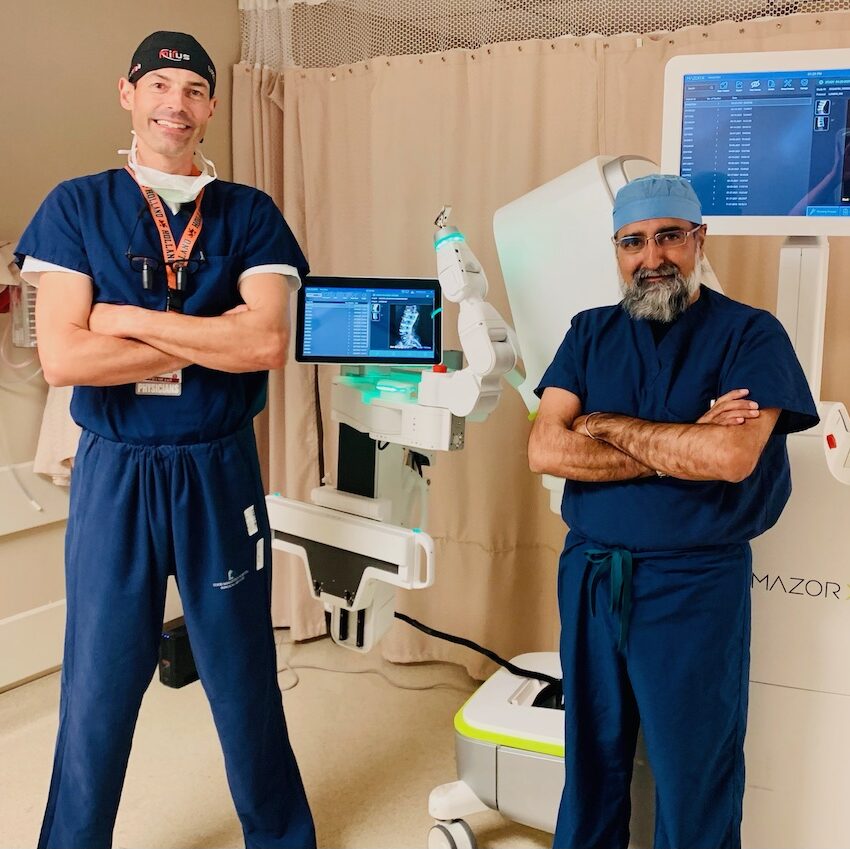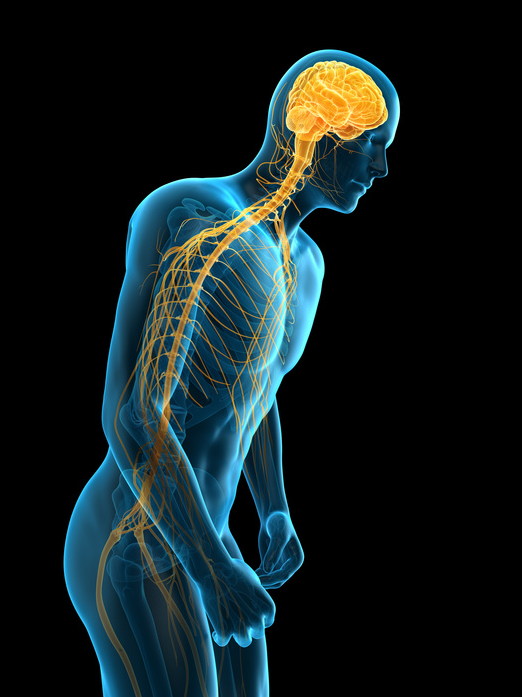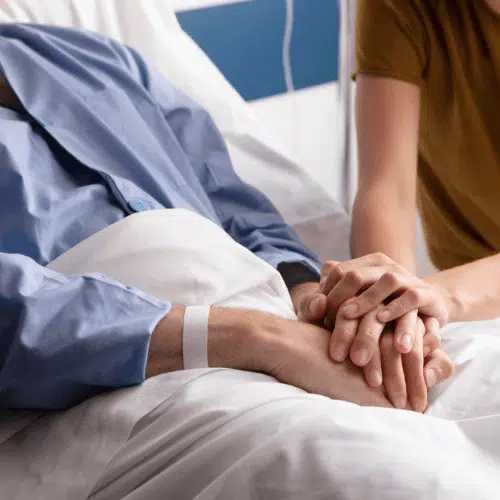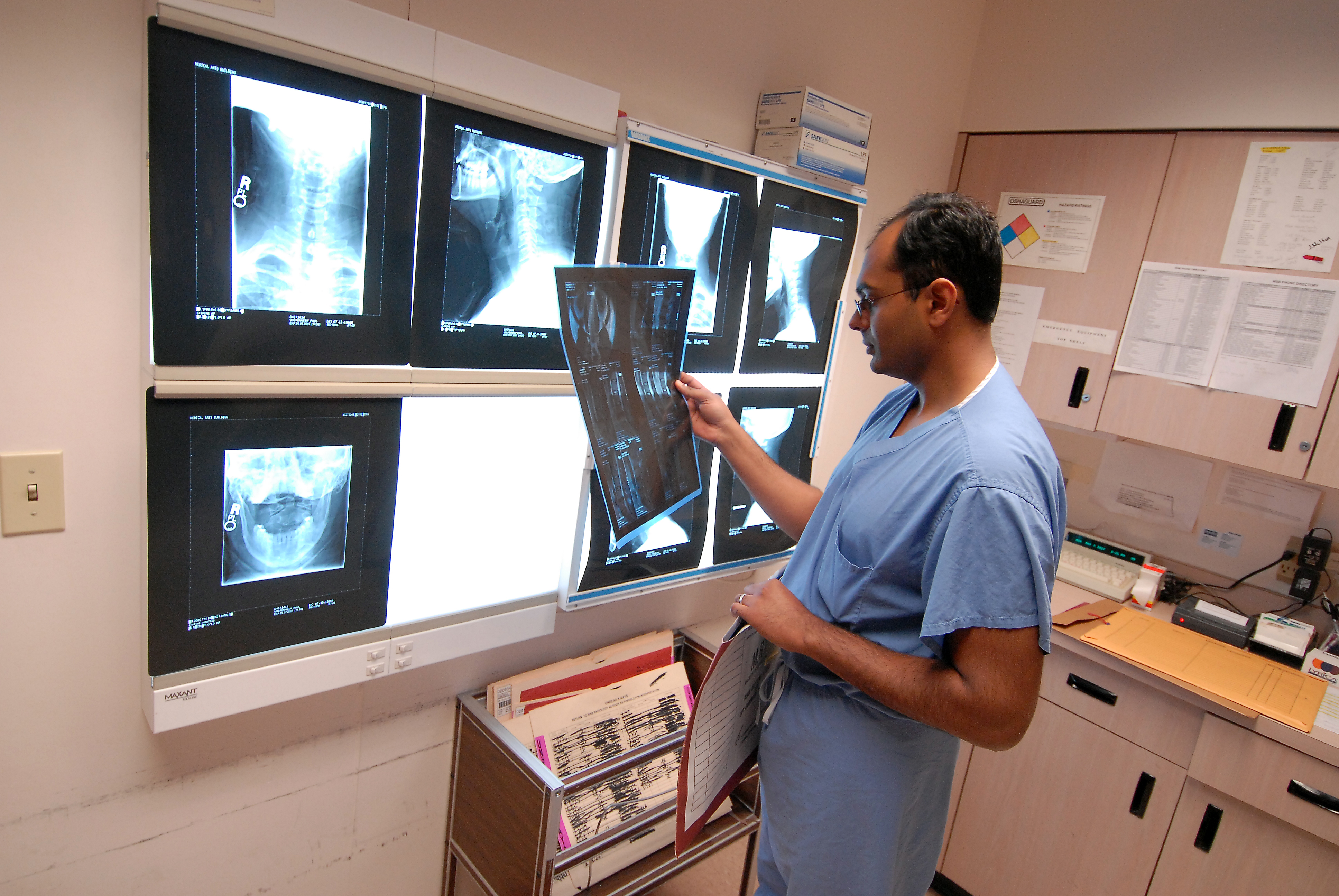The Most Up To Date Technologies by the Best Spine Surgeons in St Louis MO
The Most Up To Date Technologies by the Best Spine Surgeons in St Louis MO
Blog Article
A Summary of Spinal Column Problems That Often Outcome in Surgical Treatments
Spine conditions such as herniated discs, spine stenosis, and degenerative disc condition regularly require medical interventions when conventional therapies fail to relieve relentless signs. Recognizing the subtleties of each condition and the equivalent medical choices, such as discectomy or spinal combination, is essential for effective management.
Herniated Discs
Although several people with herniated discs may find alleviation through conservative therapies, surgical procedure comes to be a required factor to consider when signs and symptoms aggravate or continue - best spine surgeons in st louis mo. A herniated disc takes place when the soft internal gel of a spine disc extends via its outer layer, potentially leading and pressing nearby nerves to pain, feeling numb, or weak point in the extremities
Traditional monitoring typically consists of physical treatment, discomfort medications, and corticosteroid shots, which aim to lower swelling and improve feature. In instances where these techniques stop working to minimize incapacitating signs, medical options may be discovered.
The most usual surgical treatment for herniated discs is a discectomy, which involves the removal of the herniated section of the disc to ease pressure on the impacted nerve origin. In a lot more serious situations, spinal blend may be needed to maintain the influenced vertebrae.
Patients are encouraged to talk about the potential risks and advantages of surgical treatment with their doctor to make a notified decision. Inevitably, the objective of any kind of surgical treatment is to bring back function, relieve discomfort, and enhance general lifestyle for people experiencing herniated discs.
Spinal Constriction
Spine constriction occurs when the spaces within the spine narrow, causing increased pressure on the spine cord and nerves. This condition can develop in different areas of the back, consisting of the lumbar and cervical areas, frequently due to age-related changes, such as degenerative disc disease, arthritis, or thickening of tendons.
People with spine constriction may provide with symptoms that consist of pain, tingling, prickling, or weak point, primarily in the legs or arms. These symptoms can be aggravated by tasks that entail standing or walking, commonly leading people to seek alleviation via conservative treatments like physical therapy, medications, or epidural steroid injections.
Nonetheless, when these non-surgical interventions stop working to provide sufficient alleviation, medical choices might be considered. Usual procedures for spinal constriction include laminectomy, which involves the elimination of part of the vertebra to ease pressure, and spinal fusion, which stabilizes the affected location. The choice to go after surgical treatment is generally based on the severity of signs, the degree of functional disability, and the overall health and wellness of the client. Prompt diagnosis and administration are critical to prevent additional neurological compromise and improve quality of life.
Spondylolisthesis
Spondylolisthesis happens when one vertebra slips forward over one more, leading to misalignment of the spinal column. This problem can arise from various elements, consisting of genetic problems, trauma, more or degenerative modifications in the back. It is most generally observed in the back area, specifically at the L4-L5 and L5-S1 levels.

When non-surgical strategies fail to eliminate signs or when substantial nerve compression is existing, medical treatment might be warranted. Surgical alternatives can include back combination or decompression treatments, intended at bring back positioning and alleviating neurological symptoms.
Degenerative Disc Disease

People with DDD typically experience pain that may emit to the arms or legs, depending upon the influenced region of the back. The problem can be identified through a combination of clinical analysis, imaging research studies, and client history. Treatment choices commonly begin with conservative steps, including physical treatment, discomfort management, and way of living modifications. Nonetheless, when these methods fall short to provide appropriate alleviation, surgical interventions may be thought about.
Surgical choices for DDD may include spinal blend or fabricated disc replacement, targeted at stabilizing the impacted section and reducing discomfort (best spine surgeons in st louis mo). Ultimately, the option of therapy is individualized, thinking about the severity of the problem, that site person health and wellness, and way of living factors
Spine Tumors

Spine lumps can emerge from numerous variables, consisting of hereditary predisposition, environmental impacts, and pre-existing clinical problems. People might present with a variety of signs and symptoms, including local pain, neurological deficiencies, weakness, or adjustments in bowel and bladder function, depending on the growth's size and place.
Medical diagnosis generally entails imaging research studies such as MRI or CT scans, which aid mark the growth's characteristics and effect on surrounding structures. In assessing therapy options, the lump's place, quality, and kind are important factors to consider. Surgical intervention might be required to minimize signs and symptoms, get a biopsy, or get rid of the tumor completely. The goal of surgery is often to decompress neural elements and support the spinal column. Adjuvant therapies, consisting of radiation or chemotherapy, may additionally be essential depending upon the growth's nature. Early discovery and treatment are critical for enhancing outcomes in individuals with back tumors.
Final Thought
In recap, spinal column problems such as herniated discs, spinal constriction, spondylolisthesis, degenerative disc disease, and back lumps regularly necessitate surgical treatment due to their potential to cause considerable pain and functional impairment. While conventional treatments might use short-lived alleviation, surgical options become crucial when signs persist or get worse. Timely medical diagnosis and treatment play an important function in restoring function and improving the top quality of life for affected individuals, emphasizing the relevance of detailed spine treatment.

Report this page